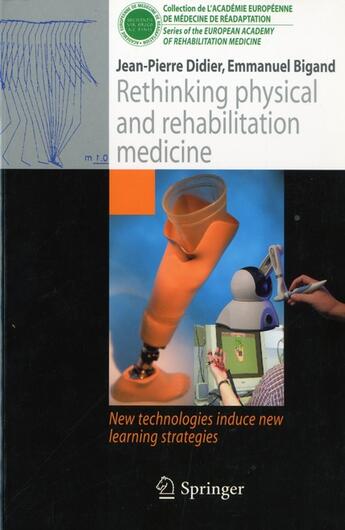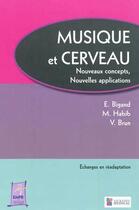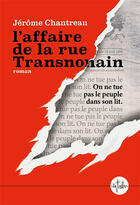-
Date de parution : 01/06/2010
-
Editeur :
Springer
-
EAN : 9782817800332
-
Série :
(-)
-
Support :
Papier
Résumé:
«Reeducation» consists in training people injured either by illness or the vagaries of life to achieve the best functionality now possible for them. Strangely, the subject is not taught in the normal educational curricula of the relevant professions. Reeducation thus tends to be developed anew... Voir plus
«Reeducation» consists in training people injured either by illness or the vagaries of life to achieve the best functionality now possible for them. Strangely, the subject is not taught in the normal educational curricula of the relevant professions. Reeducation thus tends to be developed anew with each patient, without recourse to knowledge of what such training, or assistance in such training, might be. However, new paradigms of reeducation are in fact possible today, thanks to advances in cognitive science and the development of new technologies such as virtual reality and robotics. In turn, they lead to the rethinking of the procedures of physical medicine, as well as of reeducation.
The present book addresses primarily those professionals involved in reeducation: the clinician, kinestherapist, ergotherapist, speech therapist, psychometrician, clinical psychologist, and neuropsychologist. More generally, it addresses also those in occupations in physical rehabilitation and in both primary and ongoing education.
The first part looks anew at reeducation in the context of both international classifications of functionality, handicap, and health and the concept of normality. The second part highlights the function of implicit memory in reeducation. And the last part, illustrated by practical examples, shows the integration of new cognition technologies in the new paradigms of reeducation.
By its combination of theoretical approach and practical application, the work offers new therapeutic routes toward a better and more integrated functionality for the patient.
Donner votre avis















